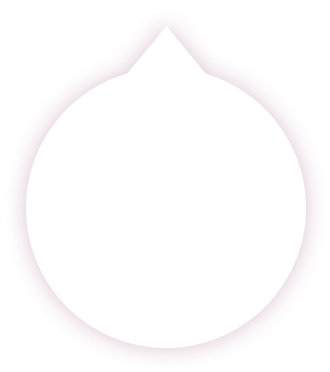of people are in a rush when cleaning up after their pet, and report that a lack of time prevents them from cleaning their home.
Pet owners regularly express frustration with picking up after pets, whether it’s hair, toys, dirt and grass from the yard, etc. Taking on the responsibility of a pet is one thing, but taking care of a constant mess is another.
Brooms and traditional vacuums often don’t have the capabilities needed to thoroughly clean spaces inhabited by animals and humans. These appliances don’t allow for the hands-free, time-saving cleaning that robotic vacuum cleaners offer. The most common type of vacuum used by those surveyed, the canister vacuum, requires hands-on labor from the consumer, which is a clear time and energy suck.
Unfortunately, it is difficult to predict messes made by pets, which can result in rushed cleaning, added stress, and a hindrance to pet owners’ productivity. The most common messes pet owners reported cleaning up are pet fur (40%), pet waste (57%), and pet-made mess, such as spilled food (40%). Despite 40% of respondents reporting cleaning their home every day, there is a significant impact on one’s ability to keep up with messes in the home. This has resulted in a minority of those surveyed (9%) needing to hire professional cleaning on a daily basis, with the average U.S. respondent spending an average of $150 per clean.


